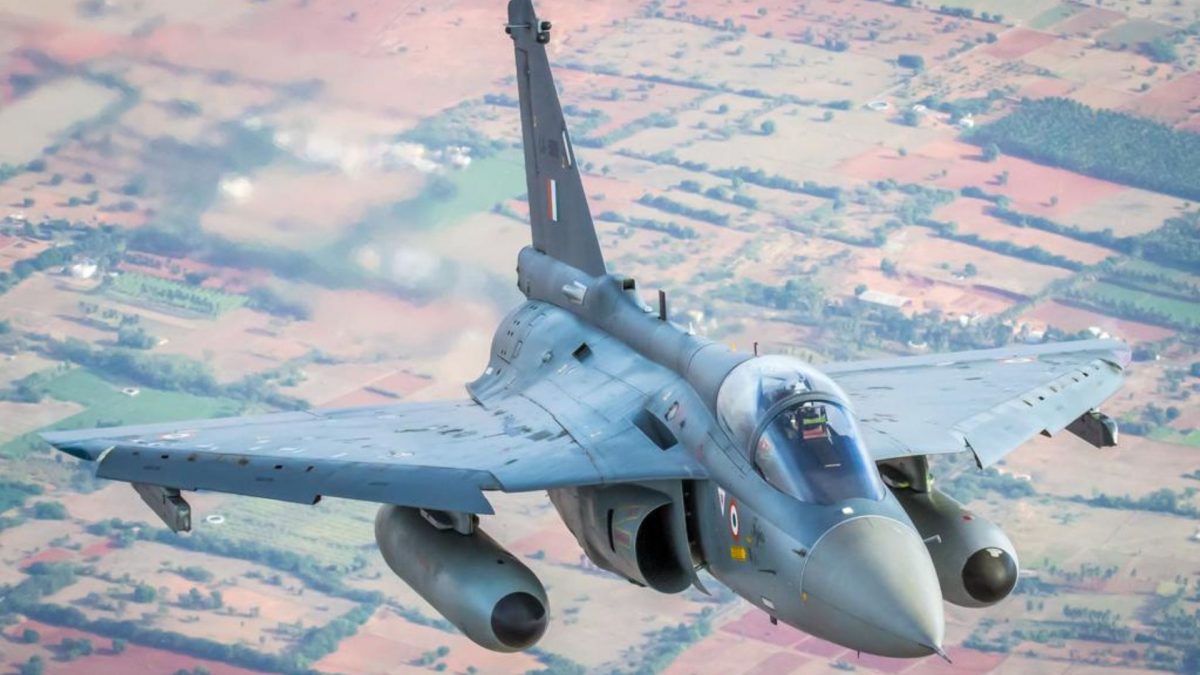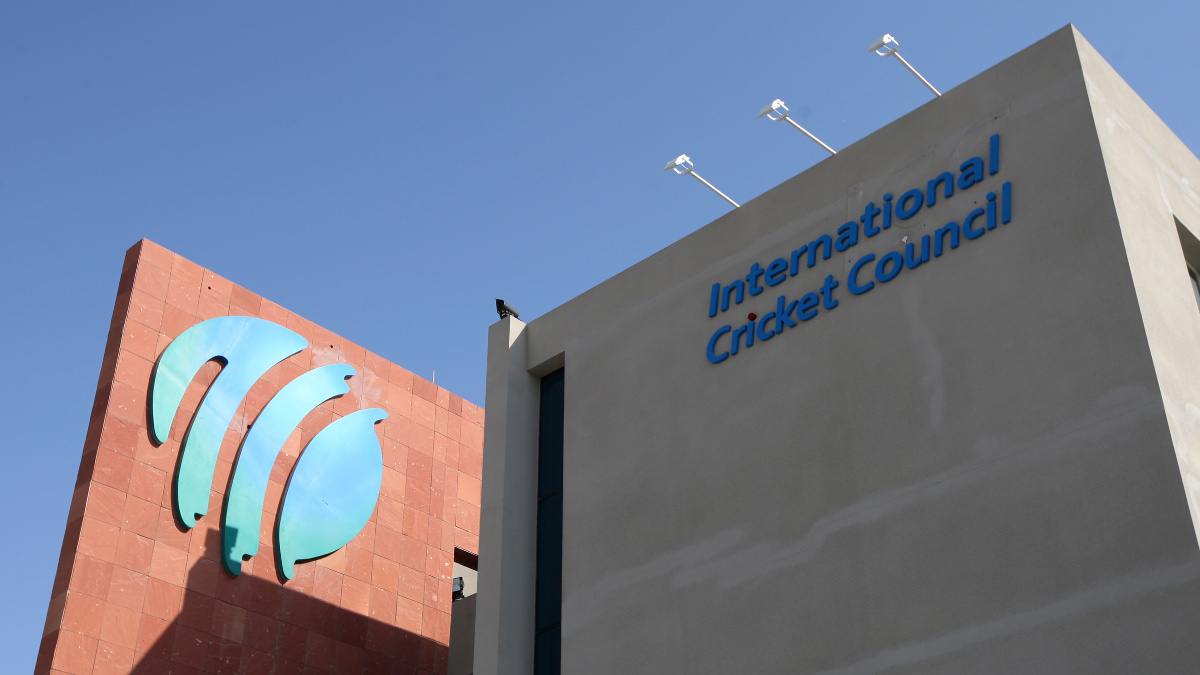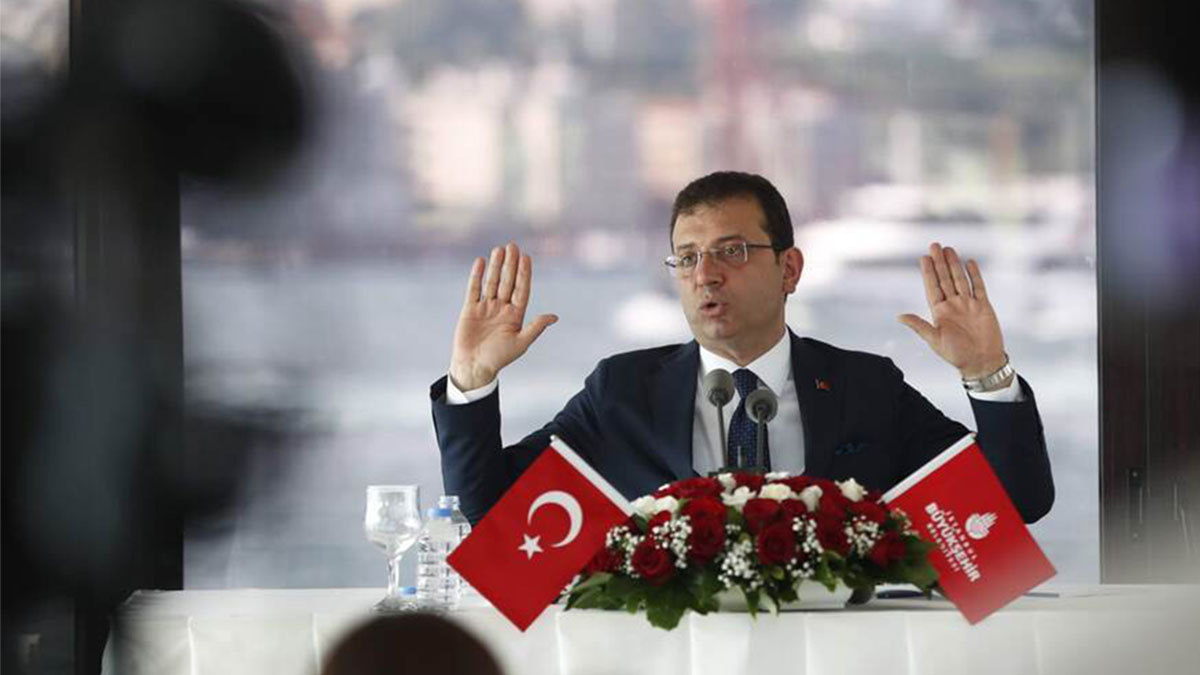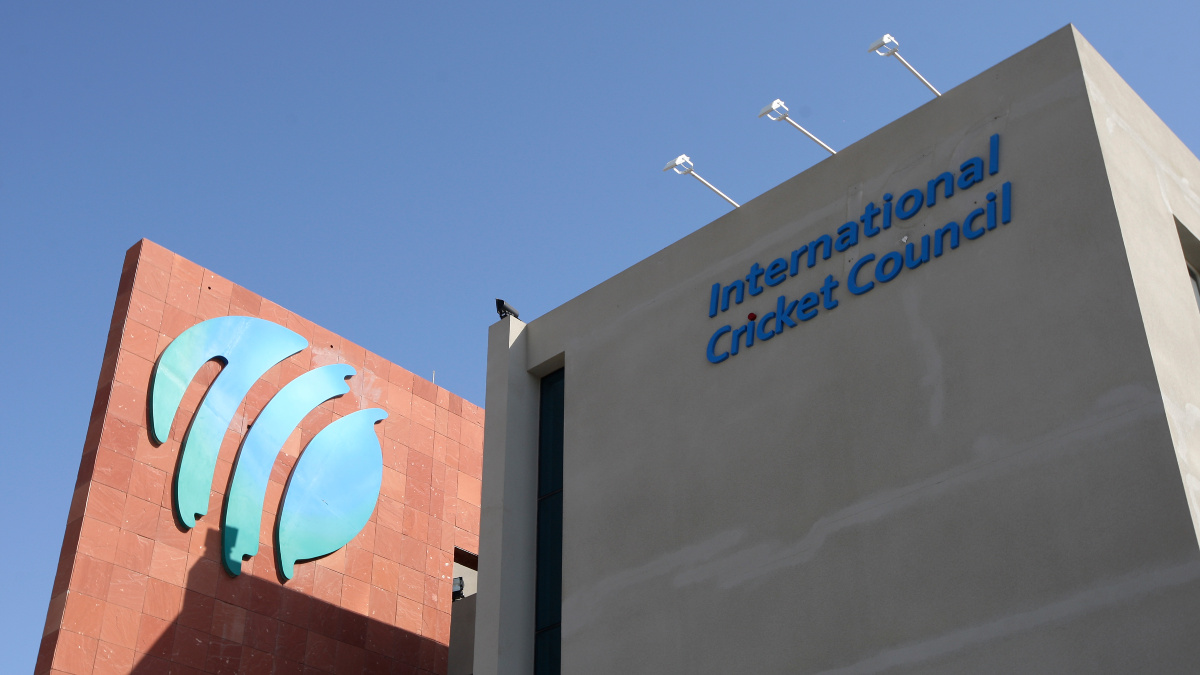General Electric (GE) has finally begun delivering jet engines for India’s Tejas Mk-1A fighter jet.
According to several media reports, the delivery of the first F-404 engine for the craft comes after a long delay.
The Tejas Light Combat Aircraft (LCA) is manufactured by state-run Hindustan Aeronautics Limited (HAL).
It has witnessed repeated delays – to the frustration of many in the armed forces.
But what do we know about the Tejas Mk1 A fighter? Why so many delays? Why is the delivery of the engines so important?
Let’s take a closer look:
What do we know about Tejas LCA?
The Tejas LCA is an indigenous single-engine, multi-role fighter.
It was jointly developed by HAL and the Aeronautical Development Agency (ADA).
It plays various parts in the Indian Air Force including air defence, maritime reconnaissance, and strike missions.
India is inducting more and more Tejas fighter jets into the IAF as a replacement for the Soviet MiG21s – which have been dubbed ‘flying coffins’ due to their propensity to crash.
The Mk-1A fighter jet is a variant of the Tejas LCA.
As per Asian Age, the Mk-1A is equipped with enhanced electronic radar, warfare and communication systems, additional combat capabilities and improved maintenance features.
It had its maiden flight in March 2024.
“It was a successful sortie with a flying time of 18 minutes,” HAL said in a statement as per The Print.
What about the delays?
As per Asian Age, the Indian Air Force had placed an order for 83 LCA Mk-1A fighter jets – 73 Tejas Mk-1A and 10 trainer aircraft – in February 2021 valued at Rs 48,000 crore.
The Defence Acquisition Council later sanctioned the purchase of 97 more Tejas Mark 1A fighter jets.
As per The Print, HAL was to deliver the first Tejas craft within three years of signing the contract.
However, not a single fighter jet under these contracts has yet been delivered to the IAF.
HAL has passed the buck for the delays in giving the IAF the Tejas craft on to General Electric.
GE in turn has blamed ‘supply chain’ issues in the aftermath of the Covid-19 pandemic.
GE Aerospace said by 2016, it fulfilled its commitment to HAL and delivered 65 F404-IN20 engines for the Tejas LCA.
“With no additional engine orders on the horizon, the production line for F404-IN20 was shut down.”
“However, when HAL ordered an additional 99 engines in 2021 for the Tejas Mk1A LCA, our team began the complex task of restarting the F404-IN20 production line, which had been dormant for five years, and re-engaging the engine’s global supply chain,” it said.
As per Eurasian Times, HAL and GE in 2021 signed a $716 million deal for 99 engines F-404 jet engines.
But GE Aerospace said restarting a jet engine production line is a challenging process.
“Restarting the F404-IN20 engine line during the Covid pandemic was even more challenging. With a high focus on safety and quality, and a remarkable commitment from our supply chain teams and our suppliers and partners, we have managed to restart the line," the company said.
“Our proprietary lean operating model, flight deck, helped us alleviate bottlenecks and identify solutions to improve manufacturing processes and turnaround time,” it said.
Then, on Tuesday, General Electric on Tuesday announced it had begun delivering the first of 99 F404-IN20 engines to HAL.
“On Tuesday, we were excited to deliver the first of 99 F404-IN20 engines to our valued customer Hindustan Aeronautics Limited (HAL) for the Tejas Light Combat Aircraft Mk 1A fighter jet,” GE Aerospace said in a statement.
The F404-IN20 engine is a tailored design for India’s single-engine fighter programme with the highest thrust within the F404 family and a higher-flow fan, unique single-crystal turbine blades, and numerous special components, GE has said.
GE Aerospace and Tejas teams collaborated closely for several years to customise the engine for the needs of the Indian Air Force.
“The F404 demonstrated it was an excellent fit for the Tejas LCA. On its first test flight in 2008, the aircraft climbed to numerous mission altitudes and achieved Mach 1.1 speed,” the engine maker said.
The engine is expected to arrive in India by April.
A source told the newspaper that GE is expected to deliver 12 engines this year.
However, the source added that after the engine arrives, it will undergo more testing. The source said that HAL cannot confirm when it will give the engine to the IAF.
As per The Times of India, GE has vowed to deliver 20 engines to HAL every year from 2026.
The company said it is working closely with its suppliers to ramp up production on parts and materials for the F404-IN20.
“We will continue to work together with our suppliers to keep the production line efficient, maintain the highest standards of safety and quality, and deliver to our customer,” it said.
“This week’s first engine delivery is a testament to what we have accomplished with HAL over the past 40 years, and a symbol of our combined potential to ensure a strong future for India’s military,” it added.
Why are the deliveries of Tejas and jet engines so important?
Because India’s Air Force is currently under strength.
Though the Indian Air Force has a sanctioned strength of 42 squadrons, it is currently sitting at just 30 squadrons, as per India Today.
Each squadron comprises 18 aircraft.
Meanwhile, four more IAF squadrons are slated to retire soon.
The Hindu earlier quoted HAL chairman and managing director DK Sunil as saying that his firm would give the Indian Air Force a dozen Tejas MK-1A fighter jets in 2025.
As per CNBC, HAL under the contract is supposed to deliver 16 Tejas jets to the IAF every year.
However, IAF Chief Air Chief Marshal AP Singh has said that the IAF needs to add at least 35 to 40 fighter jets every year to make up the shortfall.
Though Singh said HAL has vowed to manufacture 24 Tejas Mk-1A planes next year, he had also slammed the state-run firm over the repeated delays in delivery of the Tejas fighter jets.
Singh pointed out that the Indian Air Force is still waiting for the full complement of 40 HAL jets it had ordered in 2010.
“We should go back to 1984, when we conceived that aircraft. The first aircraft flew in 2001, 17 years later. The induction started another 15 years later, in 2016. Today, we are in 2024. I do not have the first 40 aircraft also, so this is the production capability,” the IAF chief was quoted as saying by India Today. “Technology delayed is technology denied,” he added.
As per The Times of India, HAL has only given the Indian Air Force 38 out of 40 jets it ordered under contracts in 2006 and 2010.
Singh also spoke about the need to bring in private firms.
“I am very convinced that we need to get some private players in. We need to have competition. We need to have multiple sources available so that people are wary of losing their orders. Otherwise, things will not change,” the Air Chief Marshal said.
A video of Singh during the Aero India Show on Bengaluru, in which he remarked that he had ‘no confidence’ in HAL, also went viral.
“I can only share our concerns and requirements… At this point, I have no confidence in HAL, which is not a good situation,” Singh said.
“HAL is our own company. We all have worked there. I have also served in HAL as a temporary pilot…But I find that we are just not in mission mode,” Singh added.
Singh’s remarks gain significance in the backdrop of China and Pakistan, who are ‘iron brothers’ and all-weather friends, are busy boosting their respective air forces.
A simultaneous air attack from both countries would leave India at a severe disadvantage when it comes to the numbers game.
“As far as China is concerned, it is not just the numbers, even the technology is growing at a very rapid pace. We just saw the recent flight of the new generation fighter that they have pulled out,” Singh was quoted as saying by India Today.
China recently unveiled a ‘ sixth-generation’ fighter jet – though some experts remain sceptical of Beijing’s claims.
The United States recently announced that Boeing will manufacture its sixth-generation fighter plane known as the F-47.
India, meanwhile, is working on an indigenous fifth-generation generation Advanced Medium Combat Aircraft ( AMCA) after a nod last year from the Cabinet Committee on Security (CCS).
The AMCA is designed and developed by the Aeronautical Development Agency (ADA) under the Defence Research and Development Organisation (DRDO).
The Tejas LCA, meanwhile, is considered only a 4.5- generation fighter plane.
The United States and Russia have also offered to let India buy the F-35 and SU-57 Sukhoi – both of which are fifth-generation fighters.
Sunil, speaking to reporters at Aero India 2025, defended HAL saying that “the delay is not simply attributable to just I would say laziness on part of the industry.”
“There have been technical issues which have got sorted out. The concern of the Air Chief is understandable,” Sunil told reporters.
“We have now promised that we will have all the structures ready. We have conveyed this. We have had multiple meetings at different levels. We have conveyed this. We are building this. And once the engines are available, this will start rolling out. I think the concern is well understood. There is no doubt on that and as a team, all of us are focused…we will start delivering the aircraft,” he added.
With inputs from agencies


)
)
)
)
)
)
)
)
)



